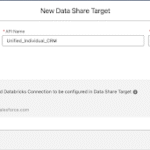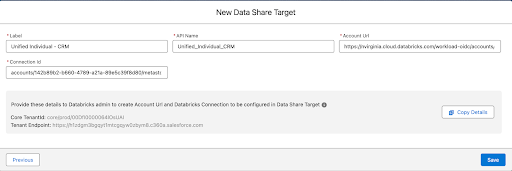In today’s dynamic business environment, understanding and mapping the customer journey are critical steps towards enhancing customer experience and driving business growth. In this blog post, we’ll delve into how Microsoft Dynamics users can effectively prepare for customer journey mapping to maximize their marketing and sales efforts.
Preparing for Customer Journey Mapping
Customer journey mapping is more than just a theoretical exercise—it’s a strategic initiative that aligns marketing, sales, and customer support efforts to deliver a seamless experience throughout the customer lifecycle. Here’s a step-by-step guide on how to prepare for a productive customer journey mapping session using Microsoft Dynamics:
1. Come Prepared with Data
Before your mapping session, gather comprehensive data on your customers’ interactions with your brand. This includes every touchpoint, from initial awareness to post-sale support. Utilize Microsoft Dynamics to compile data such as lead sources, email interactions, phone calls, and social media engagements. This data will provide a holistic view of each customer’s journey and help identify areas for improvement.
2. Assign Homework and Gather Insights
Engage stakeholders from across your organization—sales, marketing, customer support—to contribute their insights and data. Each team member should bring examples of customer interactions and feedback. This collaborative approach ensures that all perspectives are considered, leading to a more accurate and actionable journey map.
3. Identify Gaps and Opportunities
During the mapping session, analyze the compiled data to identify gaps in your current customer journey. Are there stages where customers are dropping off? Is there a lack of targeted content or support materials at critical touchpoints? Use Microsoft Dynamics to visualize these insights and collaborate on strategies to address them.
4. Enhance Customer Engagement Strategies
Use the insights gained from your mapping session to enhance your customer engagement strategies. For example, if you identify that there’s insufficient content for prospects in the consideration stage, collaborate with the marketing team to develop targeted campaigns and materials. Microsoft Dynamics provides tools for seamless integration and execution of these strategies across your organization.
5. Foster Customer Advocacy
Finally, leverage customer journey mapping to foster advocacy among your existing customers. Identify opportunities where marketing can support customer support and success teams in turning satisfied customers into brand advocates. Implement programs and initiatives to encourage customers to leave positive reviews, refer new clients, and engage with your brand on social media.
Conclusion
Customer journey mapping is not a one-time task but an ongoing process that requires continuous refinement and adaptation. By utilizing Microsoft Dynamics to its fullest potential, businesses can gain deeper insights into their customers’ behaviors, streamline their processes, and ultimately, drive growth and loyalty. Start preparing for your customer journey mapping session today to unlock the full potential of your customer relationships with Microsoft Dynamics.
To start defining your customer journey today, download our interactive Customer Journey Workbook!











